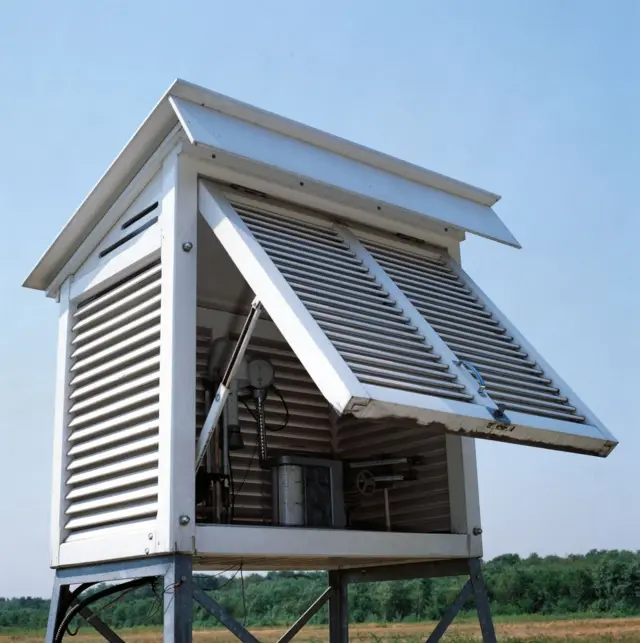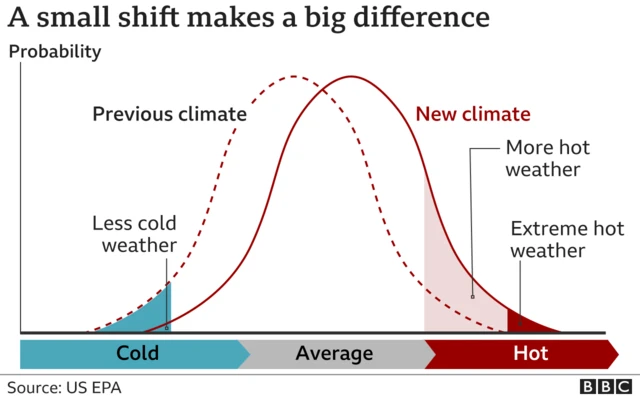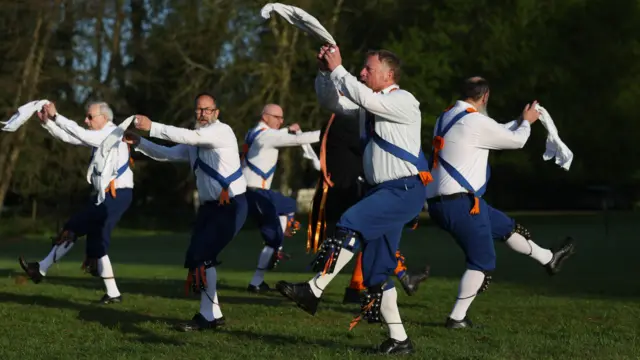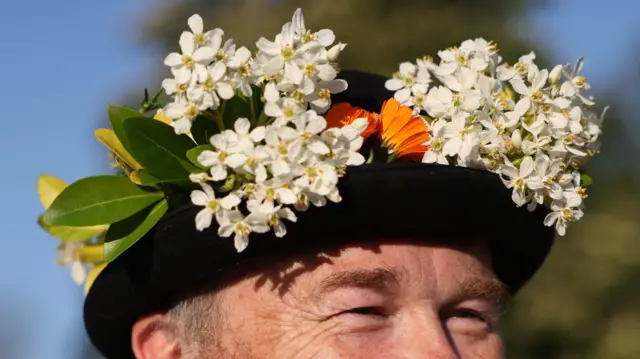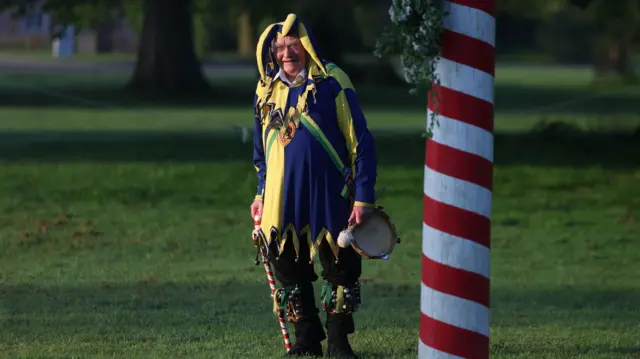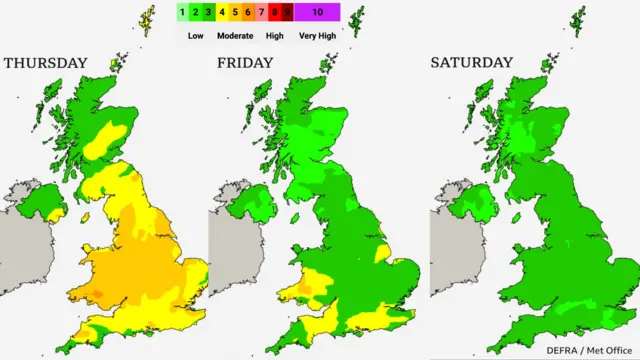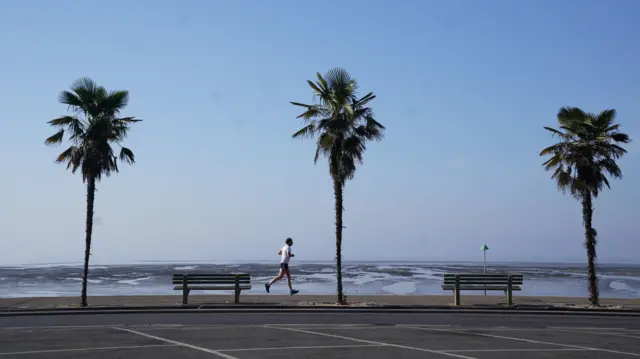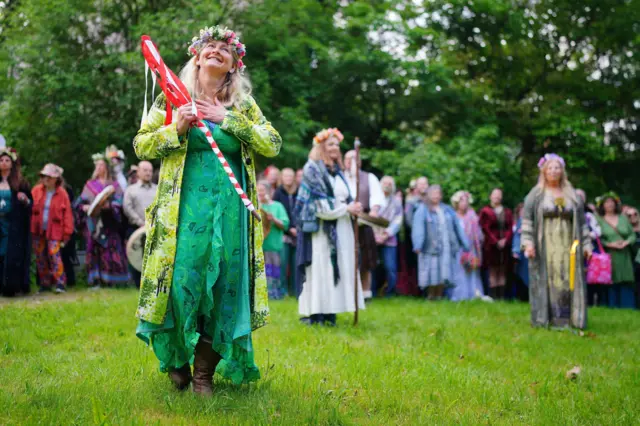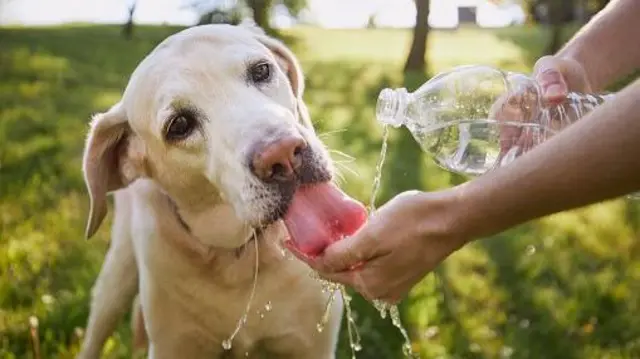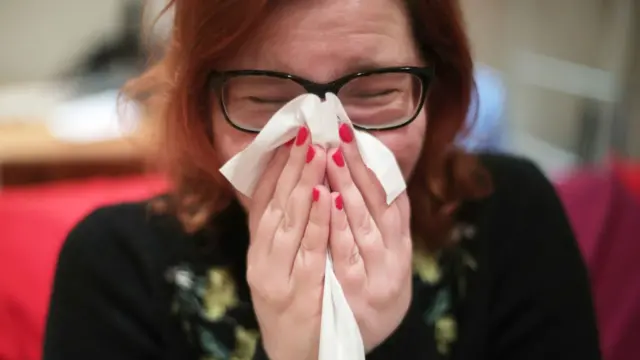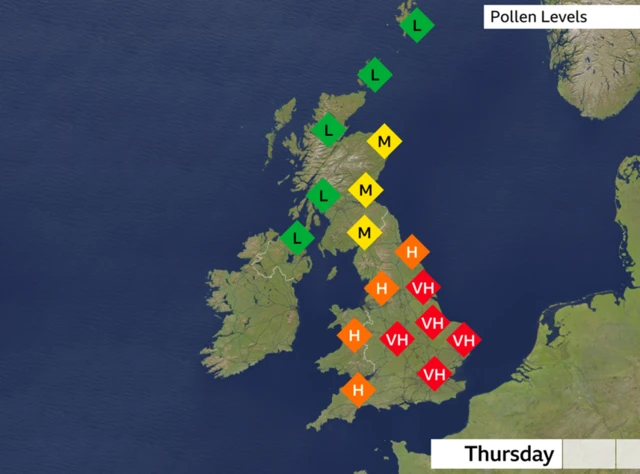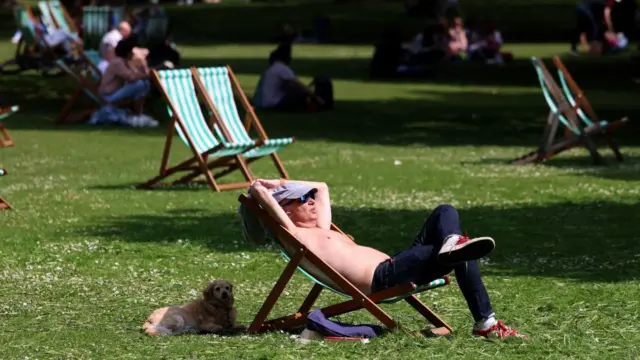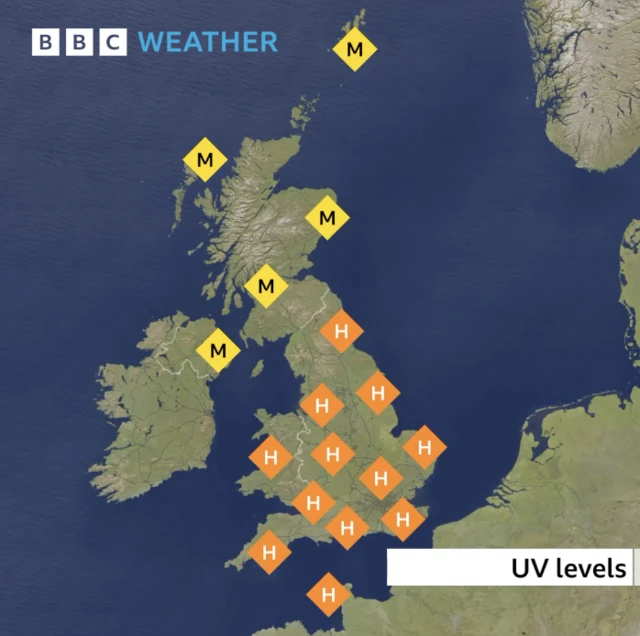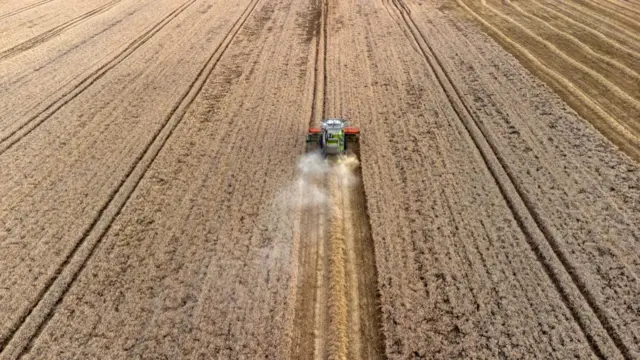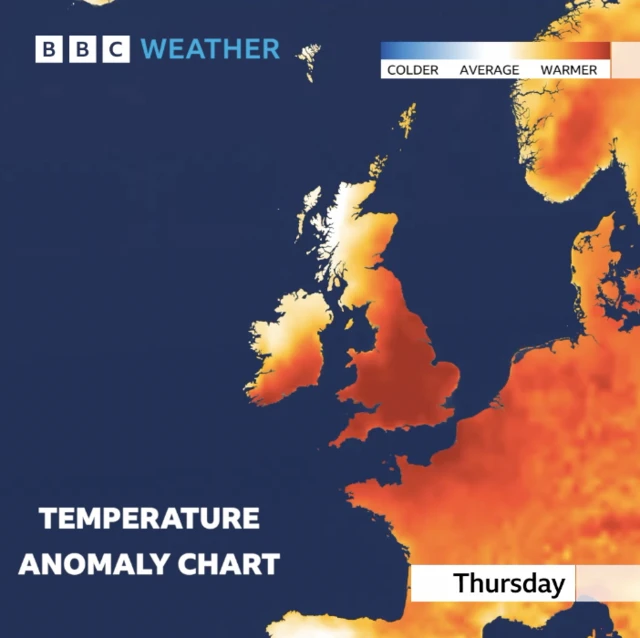Scotland's mini-heatwave fizzles outpublished at 13:21 BST 1 May
 Joy Dunlop
Joy Dunlop
BBC Scotland Weather
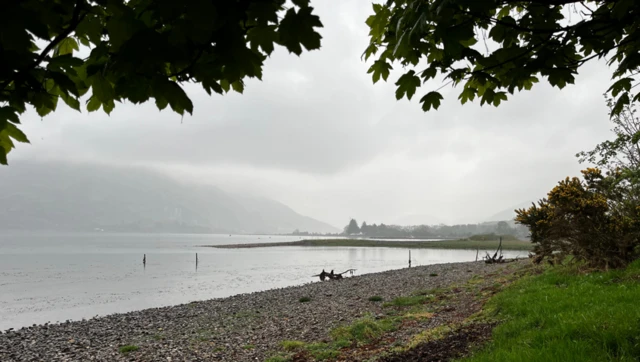 Image source, BBC Weather Watchers
Image source, BBC Weather WatchersThings have turned rather cloudy in Taynuilt in Argyll and Bute
Yesterday was Scotland’s warmest day of the year so far, with temperatures reaching 24.4C (76F) in Aboyne in Aberdeenshire.
That made it the hottest April day in Scotland for the last six years.
But it didn't last for long, today is noticeably cooler as a cold front moves through the country.
This will give generally cloudy conditions, and produce showery outbreaks of rain at times, with cooler air moving in behind it.
As a result, temperatures today will be 8C to 11C lower than yesterday, with highs reaching 12C in north-east Scotland and 14C to 18C more widely elsewhere - closer to the average for early May.
Temperatures will further fall over the next few days, with generally cloudy and damp conditions and highs of only 8C to 9C in the north on Sunday.

